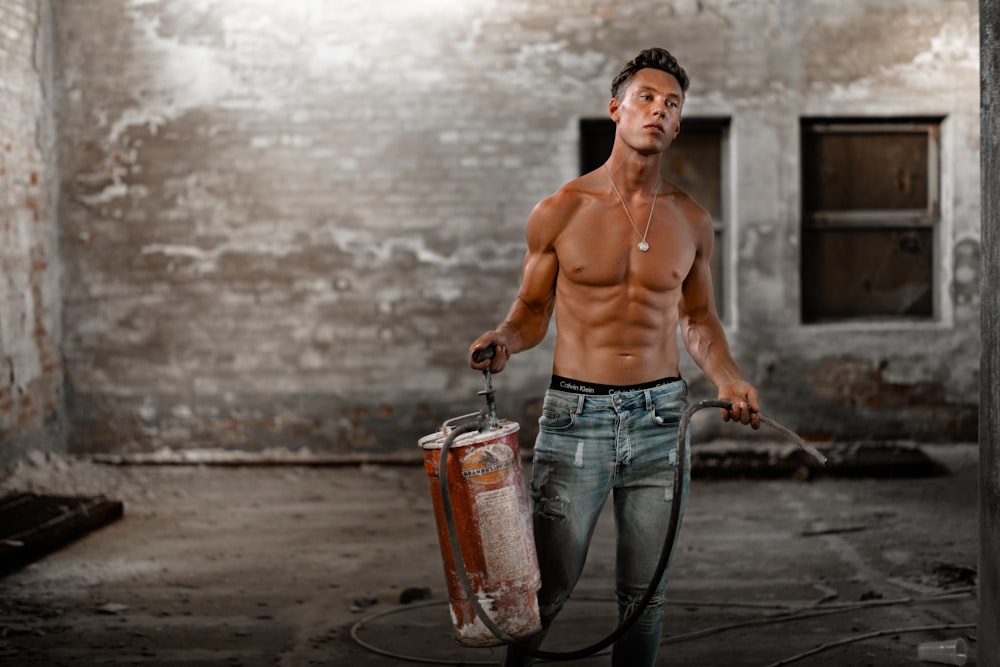Mastering the Seated Chest Press: Form and Technique Tips
Introduction
Embarking on a journey towards a stronger, more defined upper body often involves diving headfirst into various exercises. One such exercise that holds significant importance in sculpting the chest muscles is the seated chest press. It’s a staple in many workout routines, renowned for its ability to target the pectoral muscles effectively. However, to truly reap its benefits, mastering the form and technique is paramount.
Understanding the Basics
Before delving into the intricacies of seated chest press technique, it’s crucial to grasp the fundamentals. This exercise typically involves sitting on a bench with a backrest while pushing weighted bars or dumbbells away from the body, primarily engaging the chest muscles. While it sounds simple, executing it with precision requires attention to detail and proper form.
Optimizing Body Positioning
One of the key elements in mastering the seated chest press is ensuring correct body positioning. Start by adjusting the seat height so that your feet are flat on the ground, providing a stable base. Maintain a slight arch in your lower back while firmly pressing your shoulders against the bench. This alignment not only enhances stability but also minimizes the risk of injury.
Gripping Techniques
The grip you choose plays a significant role in targeting different areas of the chest. Opting for a wider grip emphasizes the outer portion of the chest, while a narrower grip places more emphasis on the inner chest muscles. Experiment with different grip widths to find what works best for your goals and comfort level. Additionally, ensure a firm grip on the handles or dumbbells throughout the exercise to prevent slippage.
Engaging the Core
While the primary focus of the seated chest press is on the chest muscles, engaging the core is equally important. A strong core not only stabilizes your body during the exercise but also helps in generating power. Focus on bracing your core muscles throughout the movement, maintaining a slight tension to support your spine and enhance overall stability.
Controlling the Movement
The key to reaping maximum benefits from the seated chest press lies in controlling the movement. Avoid the temptation to use momentum or excessive weight, as this can compromise form and increase the risk of injury. Instead, focus on performing each rep with controlled movements, ensuring a full range of motion from the starting position to the end.
Breathing Techniques
Proper breathing techniques can significantly enhance the effectiveness of the seated chest press. Inhale as you lower the weights towards your chest, allowing your ribcage to expand and maximizing oxygen intake. Exhale forcefully as you push the weights away from your body, engaging your core muscles and generating power. Consistent breathing patterns not only improve performance but also help maintain focus throughout the exercise.
Progressive Overload
To continue seeing progress and challenging your muscles, incorporating progressive overload is essential. This involves gradually increasing the weight or intensity of your seated chest press workouts over time. Whether it’s adding an extra set, increasing the weight incrementally, or varying the rep ranges, progressive overload stimulates muscle growth and prevents plateaus.
Recovery and Rest
While pushing your limits is important for progress, adequate rest and recovery are equally crucial. Overtraining can lead to fatigue, muscle imbalances, and increased risk of injury. Ensure you allow your chest muscles sufficient time to recover between workouts, incorporating rest days and prioritizing quality sleep to support muscle repair and growth.
Incorporating Variations
To prevent boredom and continuously challenge your muscles, incorporating variations of the seated chest press into your routine can be beneficial. Experiment with different equipment such as resistance bands, cables, or machine-based variations to target the chest muscles from various angles. Additionally, adjusting the incline or decline of the bench can further recruit different muscle fibers, promoting overall chest development.
Conclusion
Mastering the seated chest press requires more than just lifting weights; it demands attention to detail, proper form, and consistent effort. By understanding the fundamentals, optimizing body positioning, and incorporating progressive overload, you can maximize the effectiveness of this exercise and achieve your desired chest gains. Remember, consistency and patience are key on the journey towards a stronger, more sculpted upper body. Read more about seated chest press

